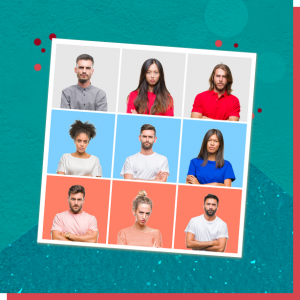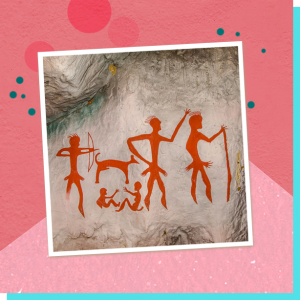 I used to dread telling people what I did for a living.
I used to dread telling people what I did for a living.
As soon as the words “design and develop online learning” left my mouth, people groaned and told me how much they hated e-learning. I was immediately blamed for every bad e-learning experience they’d ever had. Not a comfortable place to be.
 And I couldn’t blame them.
And I couldn’t blame them.
I’d had some of the same experiences, taking e-learning courses that were so bad, I’d lost the will to live by the third slide. I understood their frustration. How could e-learning that egregious be effective?
 No one wants to participate
No one wants to participate
in projects that don’t deliver value.
I knew there was a better way to create engaging and effective e-learning. So I made it my life’s work to learn as much as I could about how people learn and what makes training effective.
There are a lot of moving pieces to creating a learning program that consistently delivers excellent results. I learned to use research-based methods to get the best outcomes. One of the most effective tools I discovered was the use of stories in learning.
 Storytelling has been used in learning for centuries,
Storytelling has been used in learning for centuries,
pre-dating written language.
Story-based (or scenario-based) elearning provides unsurpassed learner engagement and the best opportunity for learning to be effective. After all, would you rather endure a click-through, text-laden slide show of company compliance policy, or participate in interactive, scenario-based elearning that teaches what harassment looks like in the real world and how to handle it, like Broken Coworker?
 I used to dread telling people what I did for a living.
I used to dread telling people what I did for a living.

 And I couldn’t blame them.
And I couldn’t blame them. No one wants to participate
No one wants to participate Storytelling has been used in learning for centuries,
Storytelling has been used in learning for centuries,